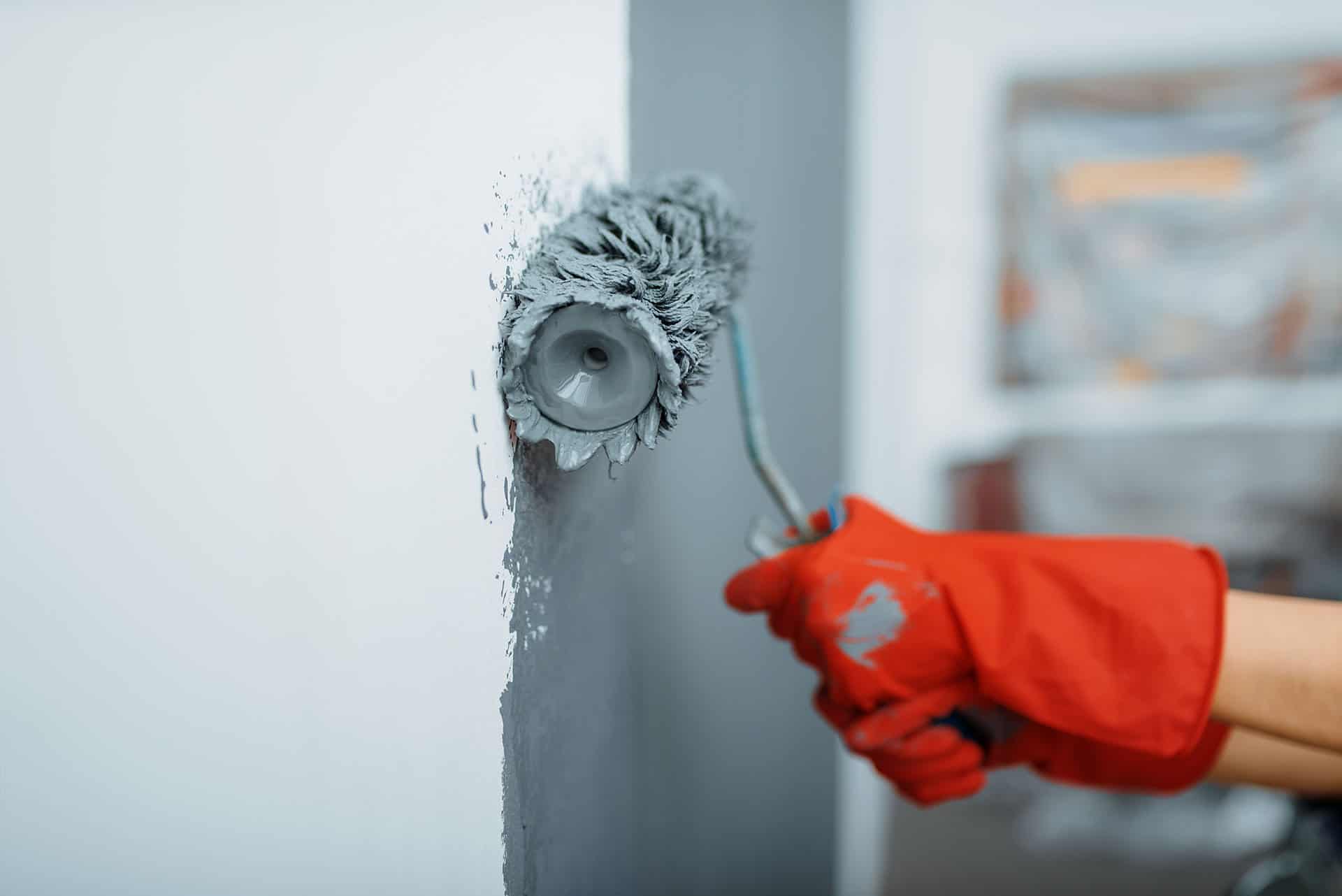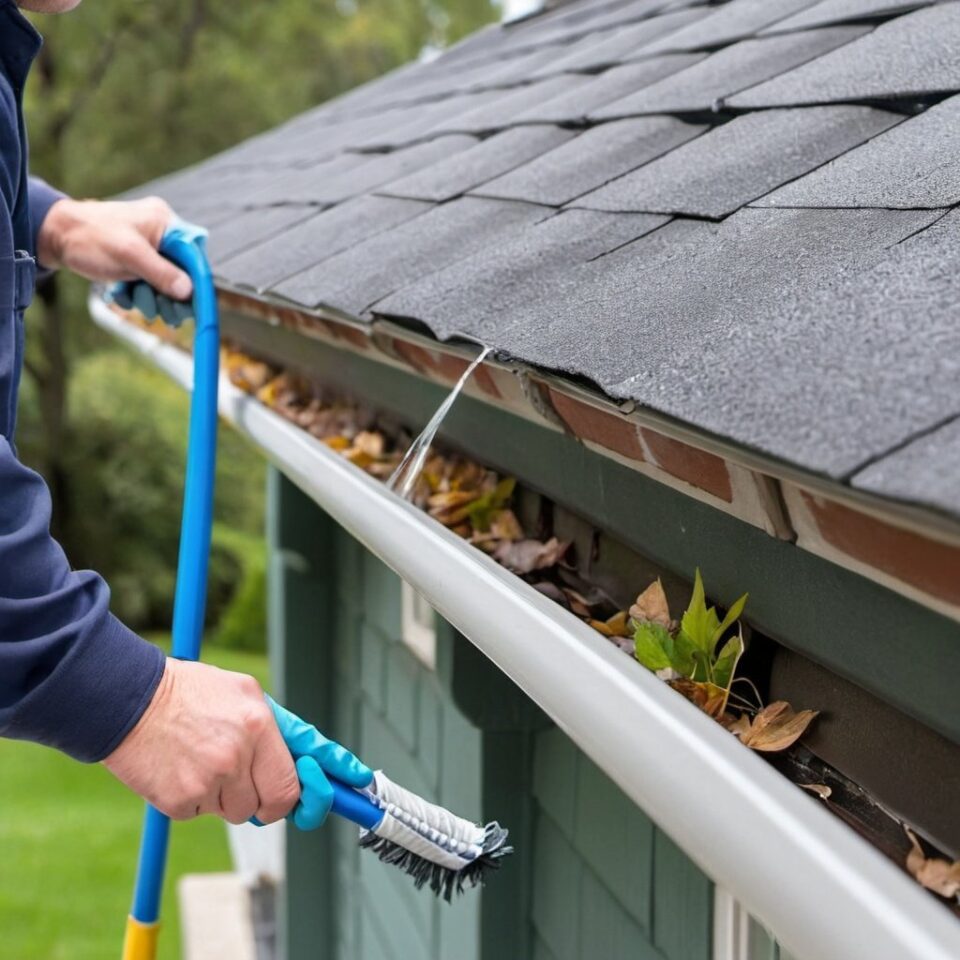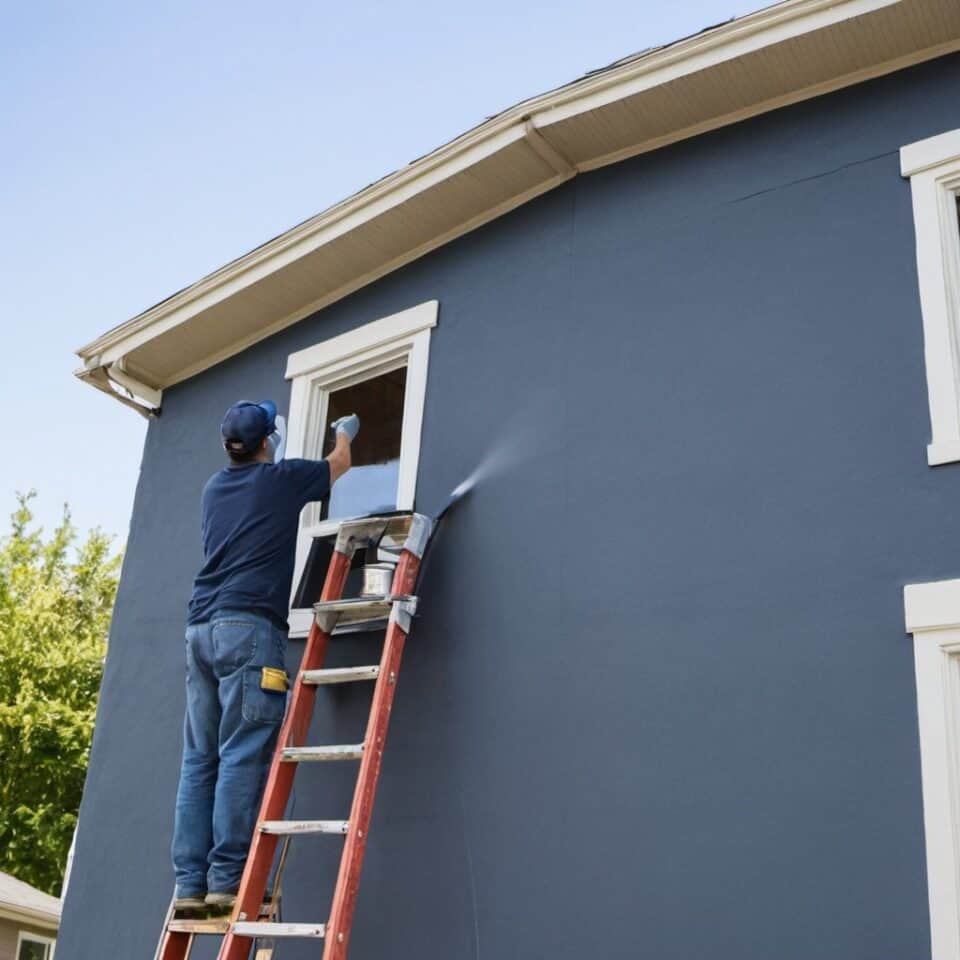When tackling the task of repainting peeling exterior paint, one question often arises: is priming necessary? While some may believe that a new coat of paint can simply be applied over the old peeling paint, the reality is that priming plays a crucial role in achieving a successful and long-lasting paint job. So, is priming needed when repainting peeling exterior paint?
Here’s why priming is essential in such situations and how it contributes to a professional finish that stands the test of time.
Key Takeaways:
- Priming is essential when repainting exterior surfaces with peeling paint.
- Proper paint preparation is key to achieving long-lasting results.
- Using primer creates a smooth and even surface for the new paint.
- Primer improves adhesion and enhances paint durability.
Understanding the Problem: Peeling Paint
Peeling paint can be a frustrating issue for homeowners, compromising the appearance and integrity of exterior surfaces. Understanding the root causes of peeling paint is crucial in finding an effective solution. Additionally, proper paint preparation is essential to ensure a long-lasting and professional-looking paint job. By addressing these factors, you can tackle the problem of peeling paint and achieve durable results.
Peeling paint often occurs due to moisture infiltration, inadequate surface preparation, or the use of low-quality paint. When moisture seeps into the substrate, it weakens the bond between the paint and the surface, leading to peeling and blistering. Improper surface preparation, such as failing to clean, sand, or prime the surface, can also cause paint to peel prematurely. Similarly, using low-quality paint that lacks adhesion properties can result in peeling over time.
To effectively address peeling paint, proper paint preparation is crucial. This involves thoroughly cleaning the surface to remove dirt, grease, and loose paint. Sanding any rough spots or uneven surfaces will create a smooth base for the new paint. Additionally, applying a high-quality primer serves as a crucial step in paint preparation. Primer not only improves paint adhesion but also provides a protective barrier against moisture and other environmental factors that can lead to peeling.
When repainting peeling paint, it is important to find a suitable solution that addresses the underlying issues causing the paint to peel. By taking the time to properly prepare the surface and select the right primer, you can ensure a durable and long-lasting paint job.
The Purpose and Benefits of Primer
When it comes to repainting exterior surfaces, using a primer is an essential step in achieving a professional and long-lasting finish. Primer serves several important purposes and offers numerous benefits that contribute to a successful paint job.
Creating a Smooth and Even Surface: One of the primary purposes of using a primer is to create a smooth and even surface for the new paint. Exterior surfaces can be uneven, porous, or have imperfections that may affect the final appearance. By applying a primer, you can fill in any cracks, seal porous areas, and create a consistent base for the paint.
Improving Adhesion: Primer improves adhesion by providing a bonding layer between the surface and the paint. It helps the paint adhere better to the surface, preventing it from peeling, flaking, or blistering over time. Without a primer, the paint may struggle to adhere properly, leading to premature wear and a shorter lifespan for the paint job.
Enhancing Durability: Using a primer before painting exterior surfaces enhances the overall durability of the paint job. Primer helps to protect the surface from moisture, UV rays, and other environmental factors that can cause paint damage. It acts as a barrier, preventing moisture penetration and reducing the risk of peeling, cracking, or fading.
In summary, the purpose of using a primer when repainting exterior surfaces is to create a smooth and even surface, improve paint adhesion, and enhance the durability of the paint job. By incorporating a primer into your paint preparation process, you can achieve a professional-looking finish that stands up to the test of time.
Types of Primer for Peeling Exterior Paint
When it comes to repainting exterior surfaces with peeling paint, choosing the right primer is crucial for achieving optimal results. Let’s explore the different types of primers available that can effectively address peeling paint issues.
Oil-Based Primers
One popular option for priming peeling exterior paint is oil-based primers. These primers have excellent adhesion properties, making them suitable for surfaces with peeling paint. Oil-based primers also provide a durable foundation for the new paint, ensuring better longevity.
It’s important to note that oil-based primers require adequate ventilation during application due to their strong odor. Additionally, they have a longer drying time compared to other types of primers.
Latex-Based Primers
Latex-based primers are another popular choice for priming peeling exterior paint. These primers are easy to use, fast-drying, and offer good coverage. They also have low levels of volatile organic compounds (VOCs), making them more environmentally friendly.
Latex-based primers work well on various surfaces, including wood, metal, and concrete. They provide a stable base for the paint, ensuring improved adhesion and a smooth finish.
Specialized Primers
In addition to oil-based and latex-based primers, there are specialized primers available for addressing specific issues that may contribute to peeling paint. For example:
- A stain-blocking primer can effectively cover and prevent stains from bleeding through the new paint.
- A water-based primer is suitable for addressing water damage and preventing moisture-related issues.
Choosing the right specialized primer depends on your specific needs and the underlying conditions of the exterior surfaces.
Choosing the Right Primer for Your Project
When it comes to painting the exterior of your home, selecting the right primer is crucial for a successful and long-lasting finish. With a wide range of options available, it’s important to consider factors such as the underlying surface, type of paint, and environmental conditions before making your decision.
One of the key considerations when choosing a primer is the paint preparation process. A well-prepared surface is essential for optimal adhesion and durability of the paint job. Before applying the primer, make sure to clean the surface thoroughly and address any peeling or damaged paint. This will ensure a smooth and even canvas for the primer and subsequent layers of paint.
The type of paint you plan to use also plays a role in choosing the right primer. Different paints require different primers to achieve the best results. For example, if you’re using an oil-based paint, you’ll need an oil-based primer to promote proper adhesion. On the other hand, if you’re using a latex or water-based paint, a latex-based primer would be more suitable. It is also important that you do not use interior paint on the exterior.
Additionally, consider the environmental conditions in which the paint job will be exposed. If you’re painting in a high-moisture area, such as near a swimming pool or in a damp climate, choosing a primer that offers superior moisture resistance can help prevent issues like peeling or blistering in the future.
It’s also worth noting that some primers are designed to address specific issues, such as stains or water damage. If you’re dealing with these issues, consider using a specialized primer that is formulated to tackle these problems effectively.
Addressing Underlying Issues for Long-Term Durability
When dealing with peeling paint, it’s crucial to address the underlying issues to ensure long-term durability for your repainted exterior surfaces. Proper paint preparation plays a key role in resolving these issues and preventing the recurrence of peeling paint.
Significance of Proper Surface Preparation
Effective paint preparation is essential for a successful paint job. Begin by thoroughly cleaning the surface, removing any dirt, debris, or loose paint. This will ensure proper adhesion for the new paint and prevent future peeling. Additionally, sanding the surface will create a smooth and even base for the paint, helping it adhere better and last longer.
Moisture Control
Moisture is a common cause of peeling paint. It’s crucial to identify and address any sources of moisture before repainting. Inspect the area for leaks, faulty gutters, or water damage that may be contributing to the peeling paint. Properly sealing and repairing these issues will help prevent moisture from damaging the new paint job and causing future peeling.
Addressing Structural Damage
Structural damage can also lead to peeling paint, especially if there are issues with the underlying substrate. Inspect the surface for cracks, rot, or other structural damage that may need to be repaired before repainting. Fixing these issues will ensure a solid foundation for the new paint, reducing the likelihood of peeling in the future.
By addressing these underlying issues and following proper paint preparation techniques, you can achieve a long-lasting and durable paint job. This proactive approach will save you time and money in the long run, as you won’t have to deal with peeling paint issues again in the near future.
Enhance Your Home with Davila Construction’s Expert Exterior Painting
At Davila Construction, we understand the importance of a well-maintained exterior. Our team of skilled professionals is committed to ensuring the longevity of your paint job using only the highest quality materials. From meticulous surface preparation to the final coat, we ensure every detail is handled with utmost precision.
Trust us to deliver exceptional workmanship that not only beautifies but also protects your property. Choose us for a durable, stunning exterior that reflects your pride in your home.
Let us bring your vision to life with our expert exterior painting services.




